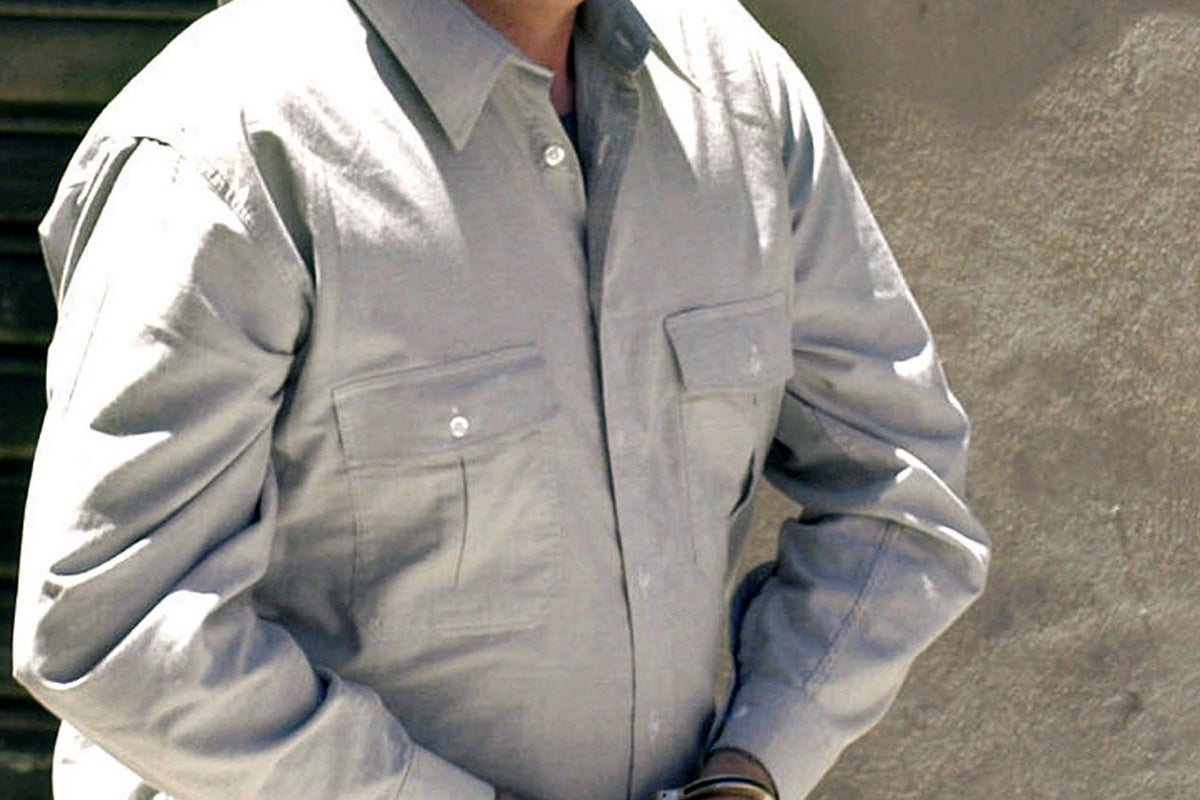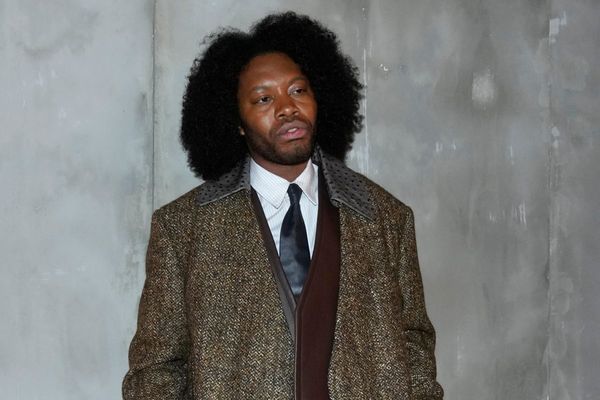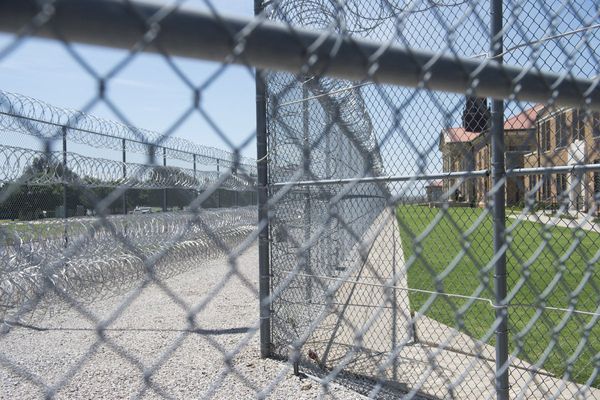
Bradley John Murdoch, known as the “Outback Killer” and convicted of murdering British backpacker Peter Falconio who vanished in arid central Australia 24 years ago, has died, authorities said Wednesday. He was 67.
Murdoch died on Tuesday night in the palliative care unit of the Alice Springs Hospital, according to a statement from the Northern Territory Department of Corrections. He was diagnosed with terminal throat cancer in 2019 and was recently transferred to the hospital from the Alice Springs prison.
His death leaves the mystery of the whereabouts of Falconio’s body unsolved. The territory's police did not immediately respond to queries from The Associated Press whether Murdoch had provided any clues before he died.
The 2005 conviction
In 2005, Murdoch was convicted in the territory's Supreme Court in Darwin of the 2001 murder of 28-year-old Falconio, from Huddersfield, Yorkshire, and the attempted kidnapping of Falconio’s girlfriend Joanne Lees, then 27.
The crime captured global attention and was one of the inspirations for the 2005 Australian horror movie “Wolf Creek,” about a serial killer who preyed on backpackers and left a single witness who became a suspect.
Lees, who wrote about her ordeal in her 2006 memoir “No Turning Back,” complained that police treated her as a suspect in the years before Murdoch was charged.
A court order prevented the movie’s release in the Northern Territory during Murdoch’s trial, fearing it could influence jurors. Murdoch, who was arrested in 2003 in the case, was not accused of any other killings.
Maintaining his innocence
Murdoch consistently maintained his innocence and did not help authorities search for Falconio’s remains.
At the time of the killing, Murdoch was an interstate drug runner, using amphetamines to stay awake for dayslong drives and cannabis to sleep.
On the night of July 14, 2001, he tricked Falconio and Lees into stopping their campervan on a dark and remote highway north of Alice Springs.
Lees watched her boyfriend leave the van to inspect a supposedly sparking exhaust pipe. She testified that she heard a gun shot and never saw her boyfriend again.
Murdoch, an imposing 193 centimeters (6 foot, 4 inches) in height, bound her wrists with cable ties before she managed to escape and hid in the desert scrub for hours. She testified that she watched Murdoch searching for her with a flashlight and his dog.
Lees later waved down a truck and raised the alarm.
Police doubled the reward for information
Last month, police doubled the reward for information leading to the location of Falconio’s remains to 500,000 Australian dollars ($330,000), following news that Murdoch was in palliative care.
“Police still hold out hope that someone may be able to provide some vital information to assist in this search,” Police Commander Mark Grieve said. He added that over the years he spent in prison, Murdoch had not revealed the whereabouts of his victim’s remains.
Colleen Gwynne, a former police officer who led the investigation at the time of Falconio's disappearance, said Murdoch might have panicked after Lees escaped and in his confusion forgot what he did with the body.
A sentence to life in prison
“Once that panic set in … he may have disposed of a body somewhere he’s not entirely certain where that is,” Gwynne told 10 Network News television earlier this month.
In 2005, Murdoch was sentenced to life in prison for Falconio’s murder and was ordered to serve at least 28 years before he could be considered for parole. He was also sentenced to six years, to be served concurrently, for assaulting Lees.
The earliest he could have applied for parole would have been 2032, but without providing information as to what he had done with Falconio’s body, Murdoch was not likely to have been released. The territory passed laws in 2016 preventing prisoners convicted of murder from qualifying for parole unless they provide police with the location of their victims’ bodies.
Murdoch was born in the west coast town of Geraldton, the third child of an automobile mechanic and his wife, a hairdresser.
As a teen, he became involved in biker gang crime and was first sentenced to prison in 1995 for shooting at a group of Indigenous people at Fitzroy Crossing in Western Australia. He served 15 months of a 21-month sentence.
In sentencing Murdoch for Falconio’s killing, Chief Justice Brian Martin said he doubted any words could express the trauma and terror Lees had suffered.
“It must have been close to the worst nightmare imaginable,” the judge said.







